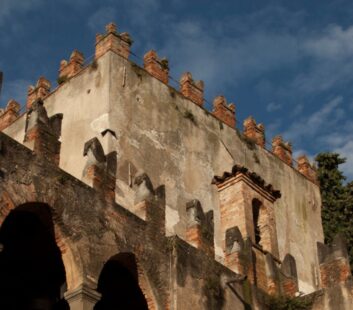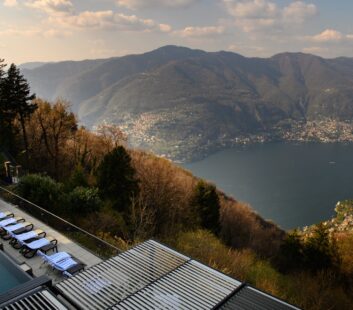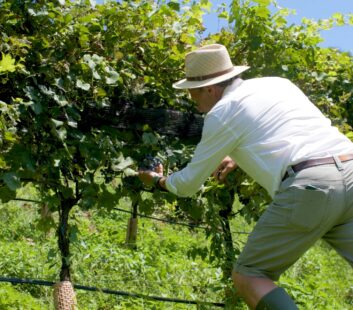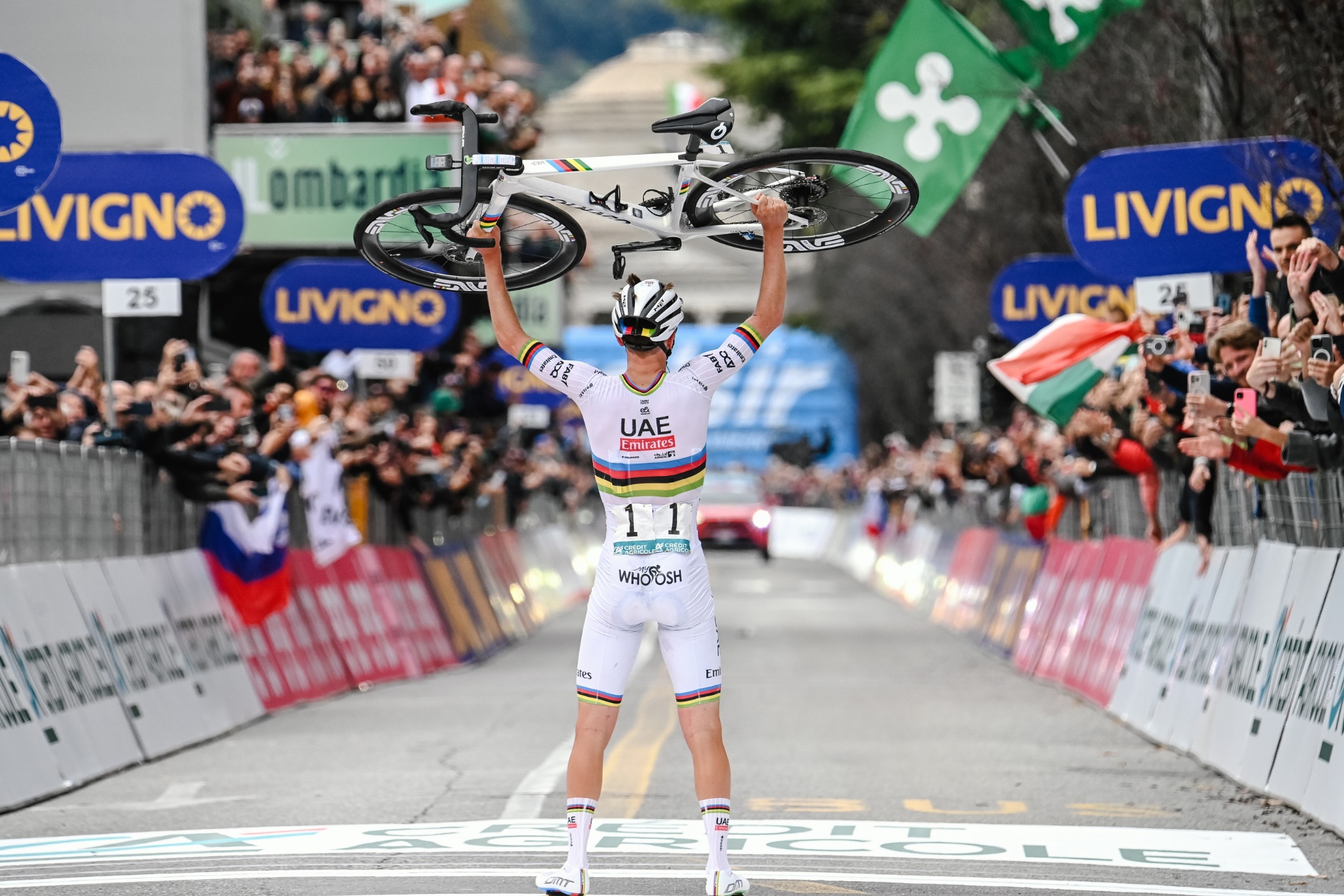
LIFESTYLE
The Classic of the Falling Leaves
The race arrives with the first serious chill of the year. The Giro di Lombardia began in 1905 as Milano to Milano and by 1907 it had taken the name by which it is still known. It closes the European season, and the Italians call it the Classic of the Falling Leaves. That title is not grand, it is simply true. The roads darken with damp shade from the chestnut trees, the lake carries a colder light, and the race seems to move inside the weather rather than against it.
History here is not loud. It gathers on the climb to the Madonna del Ghisallo above the lake, where a small chapel keeps an eternal flame and a room of memories. In 1949 Pope Pius the Twelfth named the Madonna del Ghisallo the patroness of cyclists. The chapel became a place of return. Old jerseys have faded to soft colors, frames hang like votive offerings, and the faces in the black and white photographs look back at riders who are still breathing hard. It is not a museum of triumphs but of persistence, which suits the spirit of this race.
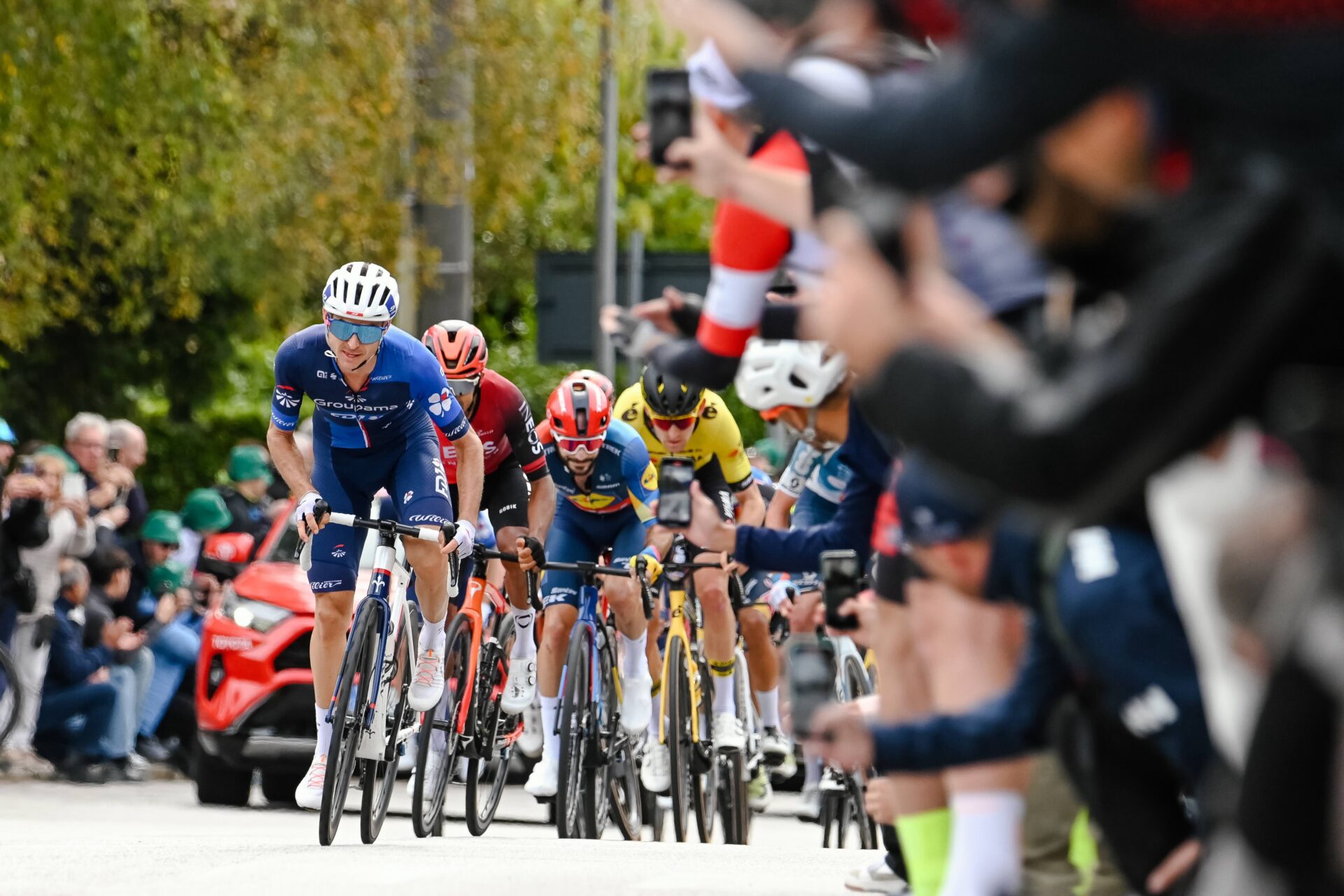
Names and dates fall naturally into step with the road. Fausto Coppi won here five times, four of those in a row from 1946 through 1949, a sequence that still reads like inevitability. Eddy Merckx matched the record of five victories across the years 1969, 1971, 1972, 1976, and 1978, a span that shows how the race rewards both youth and return. Felice Gimondi won in 1966 and brought a measured grace to a course that seldom forgives hesitation. In more recent memory Vincenzo Nibali made decisive descents in 2015 and 2017, attacks that felt like sketches made with a very sharp pencil. Tadej Pogacar has written his own line into the story with consecutive wins beginning in 2021 and continuing in 2022 and 2023, victories shaped by long solo effort and a calm finishing face by the water in Como.
The road itself keeps changing its emphasis while remaining the same. By the early nineteen sixties the finish was often tied to Como, and over time the organisers have alternated starts and finishes between Bergamo and Como, but the lake has remained the quiet anchor. The most famous climbs form a kind of rosary. The Ghisallo with its steady switchbacks and the sudden opening of sky near the top. The Colma di Sormano with the option of the old wall that was first introduced in the early nineteen sixties, so steep that it was removed after a few editions and then restored to the route in 2012. San Fermo della Battaglia in the final kilometres into Como, short but edged with fatigue, after which the descent runs to the water like a sentence coming to its final full stop.
Episodes linger. In 1956 a cold rain pressed down on the race and the finish looked as if it had been filmed in dusk. In 1981 a young Giovanni Battaglin arrived at Como spent from his season yet still composed, a rider from a generation that treated the final monument as both duty and gift. In 2010 Philippe Gilbert took the first of two successive wins and then sat on a step by the lake as if listening to the sound of his own heartbeat settle. The modern editions often turn on the Sormano and on the ability to descend with clarity when nerves are thin, which is why Nibali in 2015 and 2017 and Pogacar in the early twenty twenties felt inevitable once they had daylight.
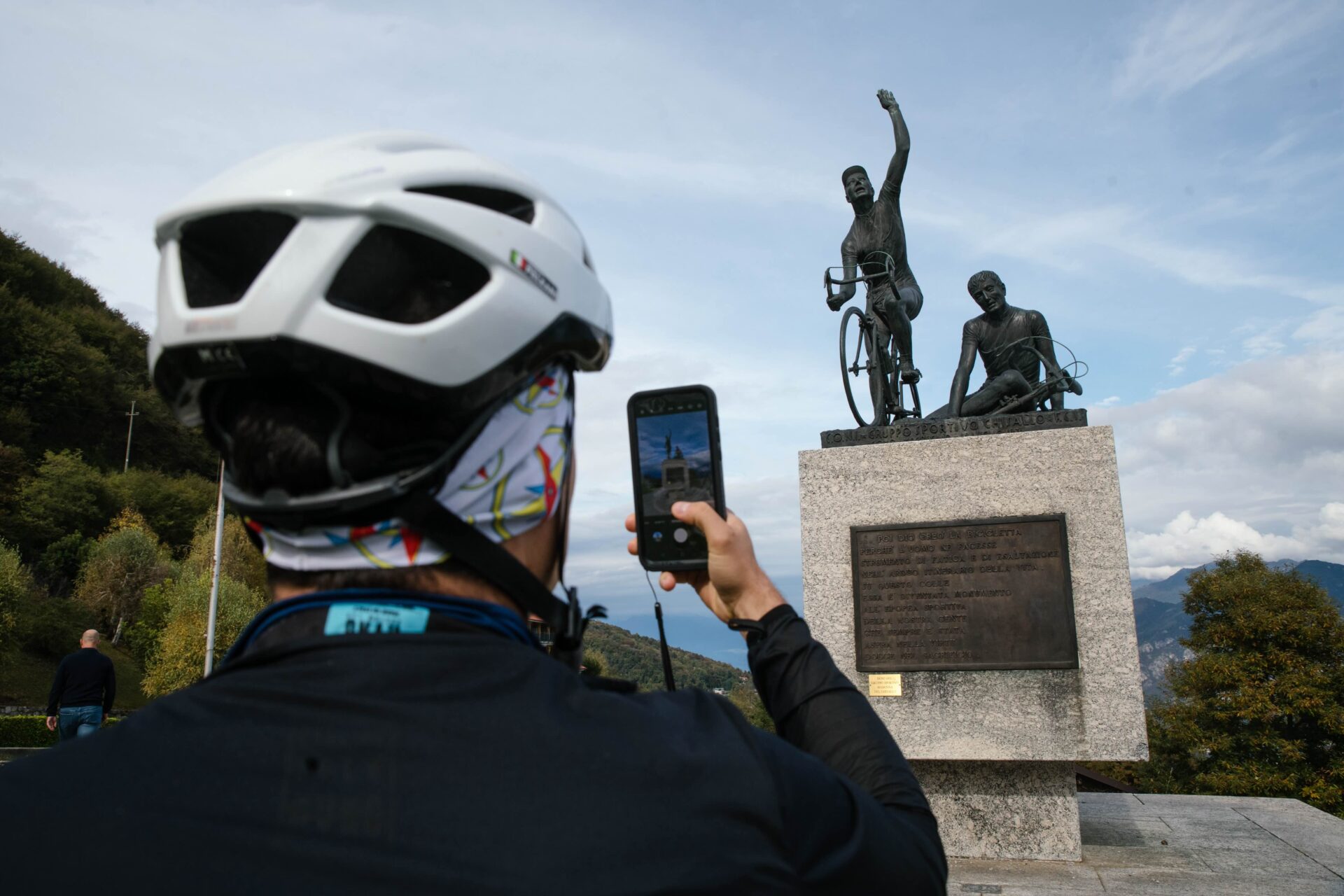
The beauty of Como is not decoration for this race. It is the medium in which it occurs. The lake occupies its basin with a calm that makes movement look cleaner. Villas appear and disappear behind cypress and stone. The Duomo sits with a patience that outlasts every peloton. When the race drops into the city the light changes. There is a brief flare of noise on the barriers, a narrow street builds its own wind, and then the finish is there by the water. The winner lifts his front wheel or simply folds over it. The applause moves outward. The blue of the lake returns to its own concerns.
What the reader may want to hold are the small coordinates. The first edition in 1905. The consecration of the Ghisallo to cyclists in 1949. The record of five wins shared by Coppi and Merckx. The restoration of the Sormano wall to the route in 2012. The recent sequence of autumns that have belonged to Pogacar. The rhythm of the last climb over San Fermo and the glide to the finish that gathers speed and then lets go. And the knowledge that the race takes place as the year gives way to its quiet months, when light is thin and the air along the lake carries the faintest taste of wood smoke.
The Giro di Lombardia is often described as the last monument of the season. In Como it feels like something more modest and more permanent. It is a conversation between effort and place. It is a signature repeated each year on water that never keeps a mark.
